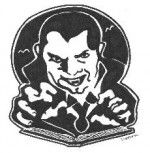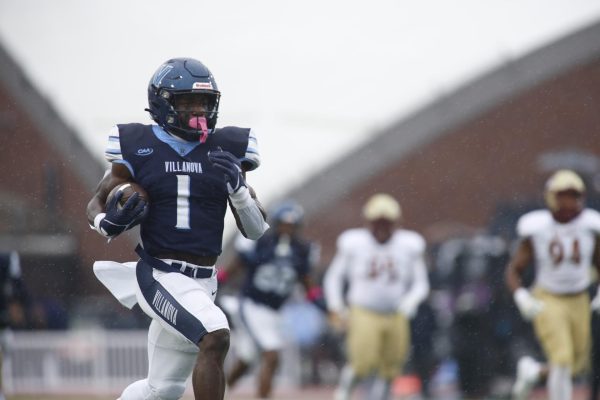DONOHUE: Breaking down the vampire craze

November 18, 2009
I’ll come right out and say it: I don’t know what is so attractive about vampires. Maybe this is because when I was four my grandfather convinced me vampires still roamed the streets of London, searching for prey. I didn’t sleep for a month. Maybe it just means I’m an outlier. Either way, I’ve come to realize that I am in a minority here.
The incredibly popular “Twilight” series by Stephanie Meyer has undeniably prompted a following of sorts. I’m sure everyone recalls the summer of 2008, during which readers spent the night in lines, waiting for the last book to hit the stands. Since then, television networks have adopted programs like “True Blood” and, most recently, “Vampire Diaries.” It’s certainly expected that the media would like to milk this vampire craze as much as they can.
Apparently, this is not an insubstantial amount. The next movie in the “Twilight” saga debuts this Friday, and I already know several people who have bought their tickets in advance. The anticipation that has been building, especially with the extra publicity garnered from the film’s stars’ personal lives, has surely allowed for a predicted high box office showing.
So I wonder, is it the vampires themselves, or is it the presentation? At the somewhat intense recommendation of my friends, I read the full “Twilight” series. I enjoyed the story, but I still didn’t understand what I can only call “the vampire thing.” I remember finishing the final book and thinking that maybe it was just the characters. Everyone became obsessed with Edward Cullen because he represented a safe, good guy with a mysterious side. Maybe that which is different intrigues us as readers.
I stand corrected, as the vampires seem to have jumped from books to the silver screen, to television and back. Novels with vampires as star-crossed lovers are popping up everywhere, and I have friends who practically schedule their lives around “True Blood.”
What is it about the vampire phenomenon that has everyone so enthralled? Buffy was successfully slaying them for years back in the ’90s, and Dracula has been around in both literary and film form for quite some time.
Why now? I’ve devoted a lot of thought to this one question, relating it to the high-stress lifestyle we can’t seem to break away from, or to the need for blatant escapism in the form of a particularly unique story.
What I have basically deduced is that it’s both. People, mostly the female readership, are drawn to the romantic idea of a vampire because it seems original. It does not matter that the story is an unlikely one; in fact therein lays the basis of its appeal.
Nor does it matter that this readership can only relate to a certain extent, since tempting death by getting involved with a vampire clan is hardly a conflict we come across often. That is exactly what will propel “New Moon” viewers to movie theaters Friday.
Whatever the cause, it has lured a generation into reading for pleasure, and it is my opinion that this can never be negative. Underlying the fascination of vampires in pop culture, though, is an important question: Does the popularity overshadow literary worth?
While I’m sure an army of literary critics would surely want to say the fictional series is not going to be the century’s greatest work in terms of message and future relevance, it is critically relevant to the culture of today. For whatever reason, vampires have become one of the hottest new trends in entertainment. While I can’t say I truly understand the appeal, I can fully support a culture that takes an avid interest in seeking out that which has not been done before.
——————–
Caity Donohue is a sophomore English and secondary education major from Northbrook, Ill. She can be reached at [email protected]












